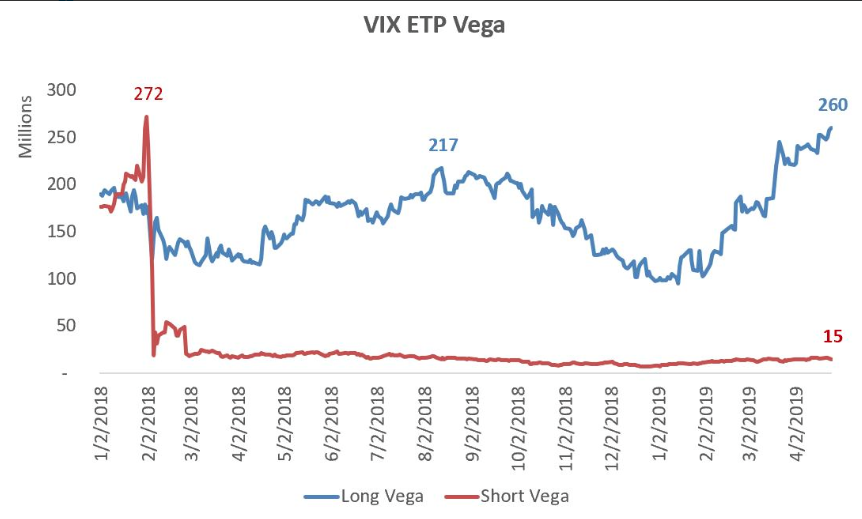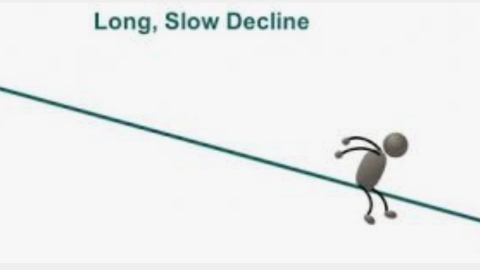The CBOE Volatility Index fell for a sixth straight session on Thursday, dropping to 13.23. Briefly during the trading session, the VIX dropped below 13 before recapturing the 13 level. This marked the VIX’s lowest close since Jan. 26, meaning it has completely erased the massive spike it saw in early February, when concerns over inflation saw Wall Street’s so-called “fear index” more than double in a single session as the Dow expressed a 1,000 point selloff that sparked a correction for major indexes. The VIX has fallen more than 55% over the past three months, proving once again that the short-VOL trade is still alive and well and equities are in favor.
Technicals mean little to nothing in the VIX complex, but as a side note, the index did drop below its 200-DMA. So far this week, the VIX has fallen nearly 12% and is on track for its fifth straight weekly drop. Should Friday’s market action prove equally as complacent as the previous trading sessions, the VIX consecutive weekly decline will mark its longest such stretch since August 2016. It is important to note, however, that the VIX is still up roughly 20% year-over-year. In yesterday’s TD-Ameritrade live Market on Close show, Finom Group’s Chief Market Strategists offers some commentary on the latest headlines surrounding the VIX and the volatile markets in 2018.
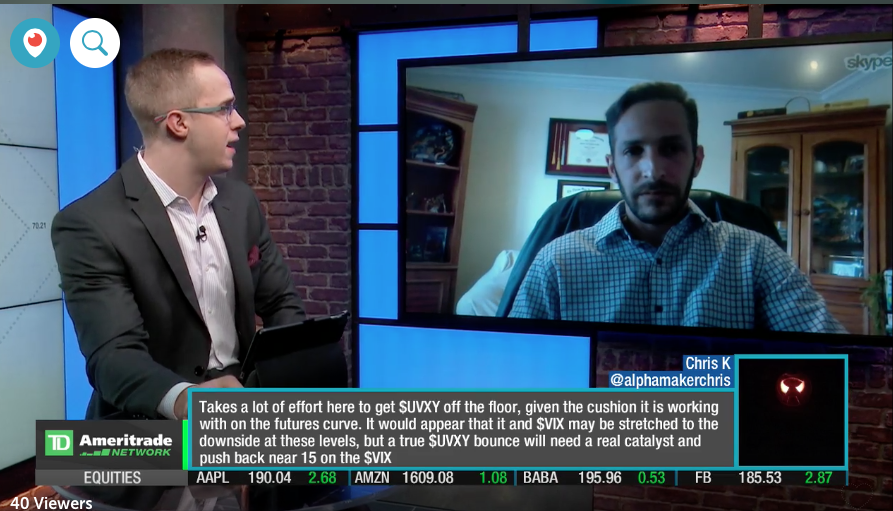
The major averages are set to close the week higher and with consecutive positive trading sessions not seen since February. The Dow Jones Industrial Average on Thursday matching its longest win streak, six straight days, since a similar stretch ended Feb. 16, 2018. Whereas inflation fears and rising rates may have proven the culprit for weakened markets and investor sentiment in past months, those fears are somewhat subsiding as earnings season comes to a close.
Yesterday’s release of a rather innocuous CPI reading proved to further boost sentiment for equities, which were already higher for the trading week. The consumer price index rose 0.2% in April, the government said Thursday. That was a tick below the forecast of economists polled by Reuters. The core CPI rose a smaller 0.1% last month. That was half as much as Wall Street expected. The yearly increase in the core rate was unchanged at 2.1%, a softer than expected reading that’s likely to give cover to the Federal Reserve.
“The Consumer Price Index “was a good bit softer, but one of the things about inflation in the short term is that it tends to move more randomly,” said Guy Lebas, chief fixed income strategist at Janney Montgomery Scott. “I would look through any one-month data point and focus on a three-month or even six-month average.”
In response to the key inflation data yesterday, long-dated Treasury yields fell even as short-dated yields rose. Despite the weaker than expected CPI reading, the Fed is still expected to lift interest rates next month, which would be the second hike of the year, but the tepid inflation data could raise questions about expectations for further rate increases in 2018.
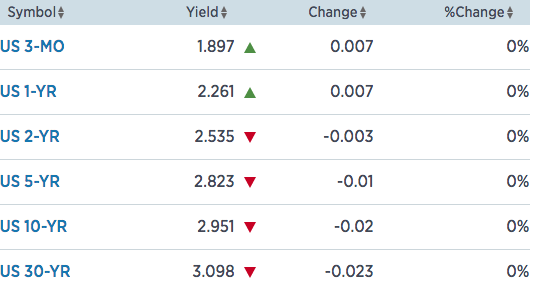
Finom Group’s Chief Market Strategist, Seth Golden, has suggested on numerous occasions that it would take time for markets to stabilize and focus on what really matters, earnings. Retailers have begun reporting Q1 2018 results this week with many more set to report in the week ahead. But equities are responding to the totality of earnings season, which have served to beat even the most optimistic forecast.
“So far, 90% of the S&P 500 companies have reported, with 78.7% delivering earnings-per-share results that have come in better-than-expected, according to Thomson Reuters I/B/E/S data. On average, 64% of companies outperform relative to estimates, based on data going back to 1994. What’s more, only 14% of companies reported results in first quarter of this year have underperformed thus far, versus a historic norm of about 21%, Thomson Reuters notes.”
What might be in store for the major averages, next and as we look to close out the week at higher levels than coming into the week? This week found the S&P 500 having a $40 expected move at just around 2,703 being the most positive level. With higher volumes on the week, the S&P 500 has successfully surpassed the expected move. More importantly, last week’s S&P 500 break below the 200-DMA with an almost immediate bounce from that level now finds the S&P 500 nicely above the 50-DMA as show in the chart below.
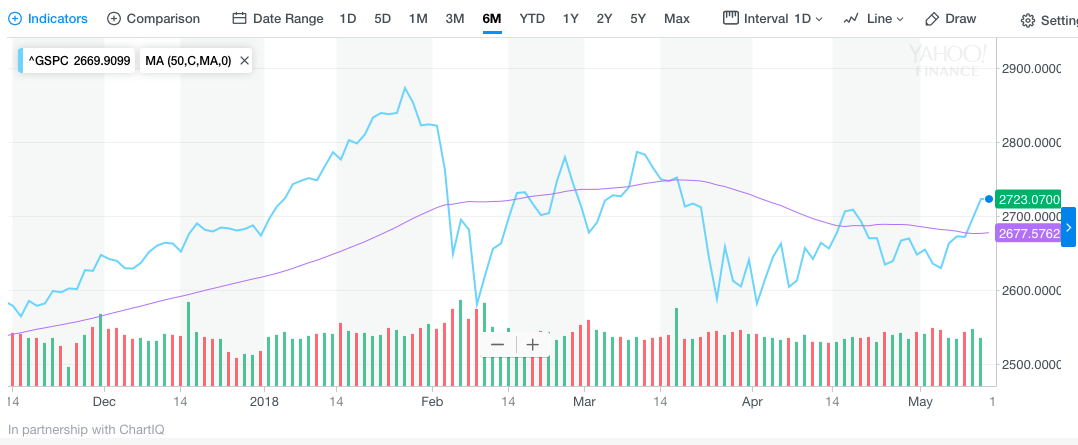 Equity futures are flat to slightly higher ahead of this Friday’s market open. Sentiment has definitively improved since last week’s fears have also proven to subside with regards to inflation and trade concerns. None of these concerns have been fully remedied either in the political or investor realm, but they have temporarily taken a backseat to what investors weigh more heavily, earnings and expected earnings.
Equity futures are flat to slightly higher ahead of this Friday’s market open. Sentiment has definitively improved since last week’s fears have also proven to subside with regards to inflation and trade concerns. None of these concerns have been fully remedied either in the political or investor realm, but they have temporarily taken a backseat to what investors weigh more heavily, earnings and expected earnings.


